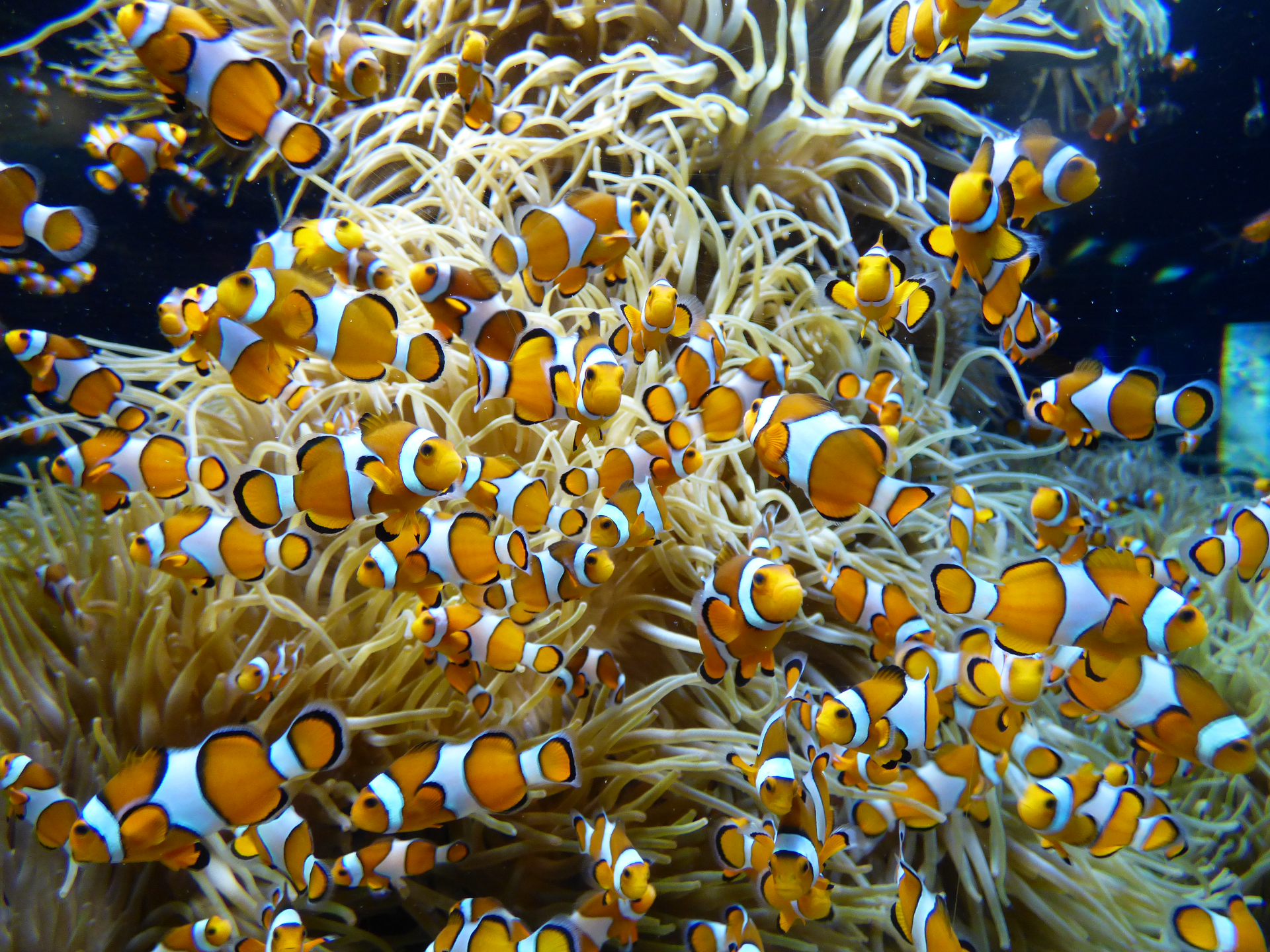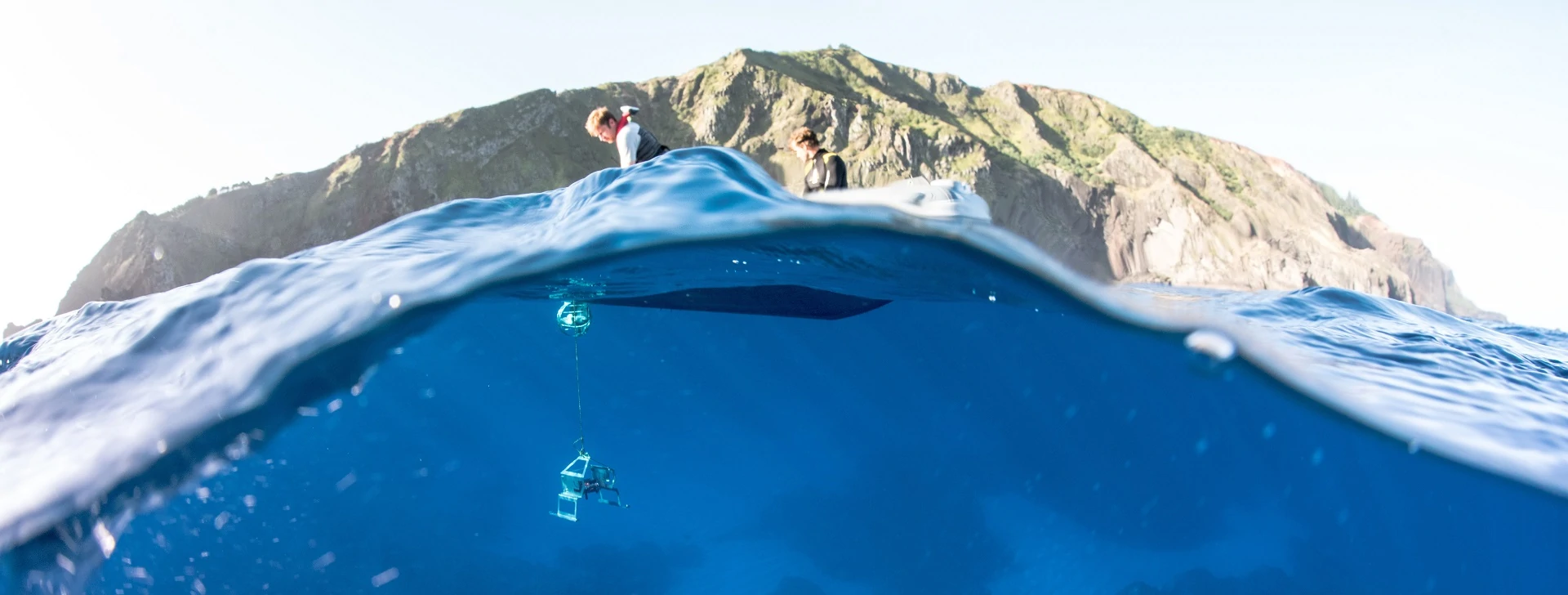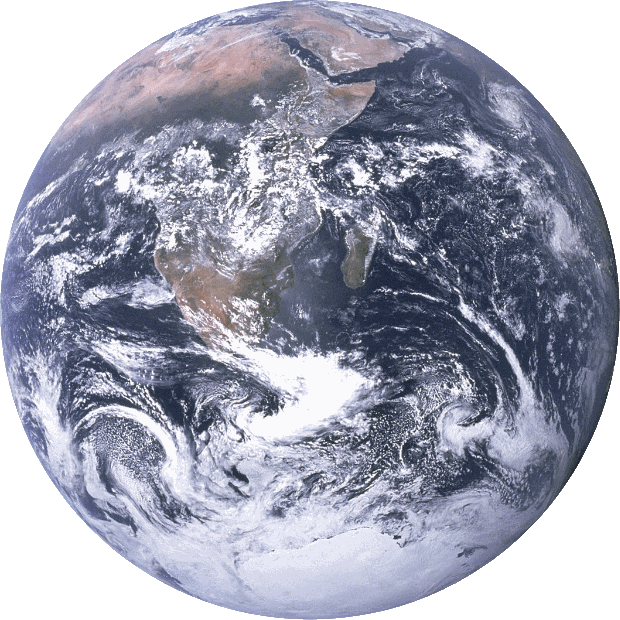Publication Abstract
- Title
-
Report of the Working Group on the Biology and Assessment of Deep Sea Fisheries Resources
- Publication Abstract
-
The ICES working group on biology and assessment of deep-sea fisheries resources (WGDEEP) provides scientific advice on 25 assessment units including stocks of deep-water species and those on deep shelf areas. Overall, 14 stocks are assessed relative to MSY or a suitable proxy reference points. Full analytical assessments (Category 1) are currently conducted for 3 stocks (aru.27.5b6a, lin.27.5b, bli.27.5b6712).
Non-straddling fish stocks in the northwestern Northeast Atlantic Ocean that were historically assessed by WGDEEP, including Greater silver smelt (aru.27.5a14), Blue ling (bli.27.5a14), Atlan-tic wolffish (caa.27.5a), Ling (lin.27.5a), and Tusk (usk.27.5a14), were assessed in 2025 by the Northwestern Working Group (NWWG), and can be found in their report at the following link: https://doi.org/10.17895/ices.pub.29086181
The working group received an update from two benchmarks in 2025: Benchmark workshop on selected deep-sea fisheries stocks (WKBDEEP) for black scabbardfish and Benchmark workshop on application of Stock Synthesis (SS3) on selected stocks (WKBSS3) for blackspot seabream in area 9.
The first draft of advice was prepared for 11 stocks this year and the main conclusions are as follows. Available time-series for international landings and discards, fishing effort, survey indices and biological information were updated for all stocks.
Black scabbardfish in the Northeast Atlantic has been showing a reduction in abundance, mostly driven by the decrease of fishing effort and catches in the Northern component, proba-bly associated with the ban of trawling below 800 m. As a consequence of changes in effort tar-geted to black scabbardfish of the French trawl fleet that operates in the Northern component, the accepted assessment model could not be updated. The rfb rule was applied for the first time this year to the whole NE Atlantic combined (ICES Division 5.b, subareas 6–7, and Divi-sion 12.b, corresponding to the Northern component; Subarea 8 and Division 9.a, correspond-ing to the Southern component; and Division 27.3.a and subareas 27.1, 27.2, 27.4, 27.10, and 27.14). The length-based fishing pressure proxy (LF = M/Lmean) is below FMSY proxy.
Fishing mortality and the spawning stock biomass of greater silver smelt in ICES divisions 5.b and 6.a are estimated to be at sustainable levels. Over the last 30 years, recruitment has varied but maintains the same temporal pattern. Upon applying the MSY approach, the catch advice decreased compared to the previous advice.
For greater silver smelt in 6b, 7, 8, 9, 10 and 12 the rfb rule was applied for the second time for the trend-based advice. The survey index from 2024 was agreed not to be valid by the working group, hence the rfb-rule is conducted for the stock with only survey data from 2023 as index A. The fisheries from this area are very minor and there are no directed fisheries. Mean discard rate for the years 2015 to 2024 is 81%. Although the present catches are minor, only 150 kg in 2024, it is important to monitor and follow if new fisheries emerge, as catches have been considerable in the past.
For ling in subareas 1 and 2, the biomass index based on the targeted fishery by the Norwegian longliners increased steadily, from 2001 and peaked in 2017. Since then, the index has declined. The rfb-rule was applied for the second time. The advice was reduced by 19.7% compared to the 2024-2025 advice.
For ling in Division 5b the recruitment has been very low since 2018 causing the spawning stock to go below Blim in 2024 and the same can be expected in foreseeable future. The fishing mortal-ity is high, as well as the catch, but are expected to decrease for the coming years. ICES issued a zero advice for 2024 and 2025 and chances are high that this will be reiterated for 2026.
The rfb rule was applied for the second time for the ling stock in subareas 3, 4, 6-9, 12 and 14. The standardized CPUE series from the Norwegian longline fleet operating in subareas 4 and 6 and Division 3.a where the bulk of the catches are taken was used as a biomass index and length distribution from international commercial catches from 2022 to 2024 was used as Length-Based Indicator (LBI). Since 2022, the CPUE follows a downward trend and LBI indicators are sugges-tive that ling may have been subject to over-exploitation. It should, however, be noted that the biomass stock size index is estimated to be above the proxy reference point Itrigger. Moreover, since the advice is provided for a wide area ICES provides additional information for other areas than those covered by the CPUE index based on the Norwegian longline reference fleet. The Spanish Porcupine survey and an exploratory analysis of biomass index based on IBTS surveys (1990-2024), covering the most of the stock area, are also indicative of a declining trend in the biomass index.
Advice for roughhead grenadier was last provided in 2020 for the period 2021-2025. The availa-ble information is insufficient to evaluate stock status or trends. Historical landings are not con-sidered reliable due to suspected species misidentification (i.e. potential confusion in logbooks data between roughhead and roundnose grenadier). Discarding is also known to have taken place in the past, but WGDEEP cannot quantify the corresponding catch. The majority of land-ings of roughhead grenadier are reported from ICES divisions 2.a and 14.b and there are no re-ported catches in the NEAFC regulatory areas in the period between 2020 and 2024. Considering the uncertainty over the status of the stock and vulnerable nature of grenadiers to exploitation, WGDEEP considers that should be no directed fisheries for roughhead grenadier.
There are no reported catches of roughsnout grenadier across the Northeast Atlantic and Arctic oceans since 2008. There is very limited data available for this species, and some of the reported historical landings data are considered to be species misreporting. Since the adoption of the Landing Obligation, the misreporting is no longer considered to take place. It is currently not possible to provide quantified advice on fishing opportunities for roughsnout grenadier.
For Blackspot seabream in Subarea 10 (Azores grounds), the Category 2 stock assessment was conducted using the SPiCT model for the first time. Model fitting was further improved based on the benchmark recommendations. According to the assessment results, the stock appears to be in a state of potential recovery, as fishing pressure is above FMSY and below Flim, and the ex-ploitable stock biomass is above MSY Btrigger and Blim.
For tusk in subareas 1 and 2, the biomass index based on the targeted fishery by the Norwegian longliners increased steadily, from 2004 and peaked in 2017. Since then, the index has been rela-tively stable. The rfb-rule was applied for the second time. The advice was increased by 8.4% compared to the 2024-2025 advice.
For tusk in subareas 4 and 7–9. and in divisions 3.a. 5.b, 6.a, and 12.b, the biomass index based on the targeted fishery by the Norwegian longliners increased steadily from 2004 and peaked in 2019. Since then, the index has been declining. The rfb-rule was applied for the second time. The advice was reduced by 23% compared to the 2024-2025 advice.
- Publication Authors
-
Héctor Andrade; Tom Blasdale; Paola Castellanos; Noemie Deleys; Guzmán Díez; Inês Farias; Ivone Figueiredo; Juan Gil Herrera; Elvar Hallfredsson; Hege O. Hansen; Lise Hegebakken; Kristin Helle; Niels Hintzen; Petur Mikkelsen; Wendell Medeiros Leal; Lise Ofstad; Regis Santos; Ricardo Sousa; Rui Vieira*
- Publication Reference
-
ICES. 2025. Working Group on the Biology and Assessment of Deep-Sea Fisheries Resources (WGDEEP). ICES Scientific Reports. 7:59. 921 pp. https://doi.org/10.17895/ices.pub.29086478
- Publication Internet Address of the Data
- Publication Date
- Publication DOI: https://doi.org/
- Publication Citation


